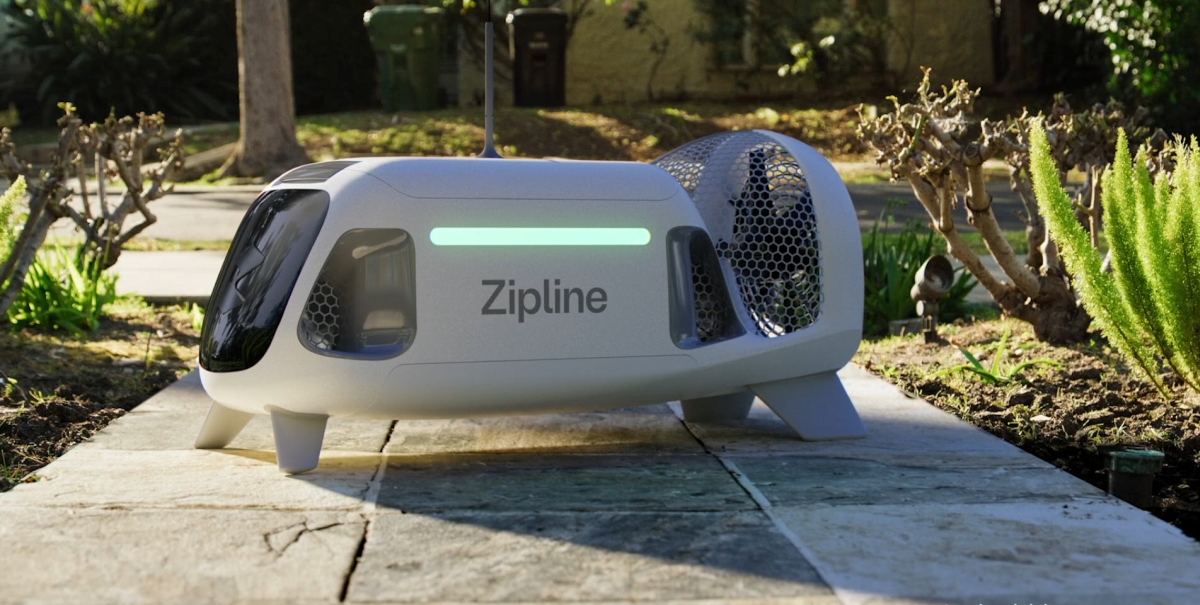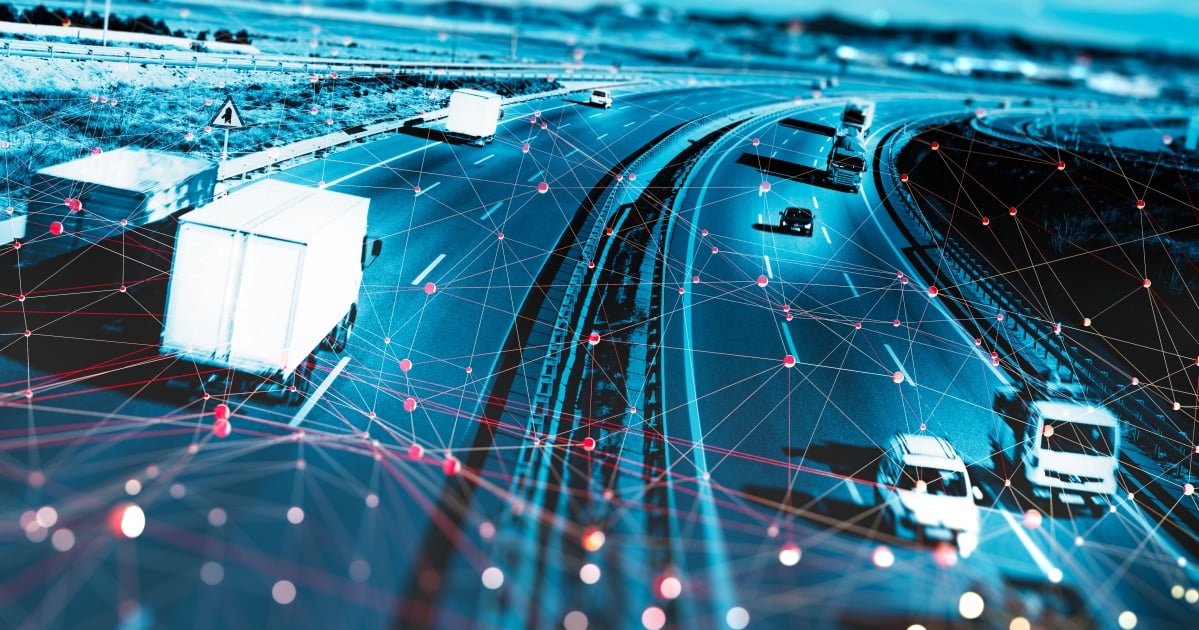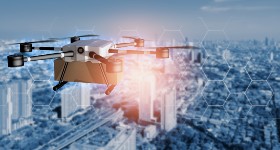
Railways and rail service are vital to society and the success of today’s growing economy. Rail has been around for centuries and in 2020 has an unprecedented opportunity to achieve success and sustainability, responding to the forecast growth in the 21st century for both passenger and freight transportation.
To meet the challenges ahead, rail companies are increasingly relying on innovation and connected solutions to improve scheduling, service, safety, security, accessibility, profitable operations, and capacity planning for the future.
At a high level, we’re seeing substantial progress in enhanced automation, predictive maintenance, Positive Train Control (PTC), resilience even in the harshest weather conditions, and interactions with passengers and freight customers, including mobile application that enable those buying services from rail companies to be able to track and plan their journeys and shipments.
We’re seeing radical improvements in asset management of “rolling stock,” with investments in upgrading physical infrastructure, and we’re seeing breakthroughs in connectivity, communications and IT, which working in harmony, these technologies are simply making rail travel more reliable, easier and more profitable than ever.
Perhaps the most exciting area in rail “information technology” is the use of sensors and IoT systems, especially edge solutions which support high speed closed-loop systems, which can make the difference between uptime or downtime with the right architectures.
We interviewed Eric Simone, co-founder and CEO of ClearBlade, one of the top IoT software vendors of Industrial IoT solutions to rail service providers in worldwide, about what they’ve learned in rolling out (so to speak) IIoT solutions for operators.
“Simply by instrumenting the existing physical infrastructure in place today with raw IO and wayside computers that harmonize and synchronize data at the edge – for example at railroad crossings – we are seeing better monitoring that allow and the ability for our customer dispatchers and maintainers to understand exactly what is happening and how to remediate a degradation across some of the largest and most distributed physical fixed assets in the world,” Simone said.
“It’s a great first step, to ensure you can monitor and manage better using brownfield devices and green field sensor-based systems which are becoming more affordable at scale and resilient especially with wireless narrowband alternatives. Additionally, rails in metro areas often run in parallel with electrical lines and fiber optic networks, so we’re seeing awesome opportunities for broadband applications that would have never been feasible a few years ago.”
Rail transport demand is steadily expanding worldwide, especially in densely populated and growing urban areas, which also happen to be the most likely Smart City and Smart Region candidates. A preference for public transportation for convenience and to reduce carbon emissions is also driving investment and innovation in improving existing infrastructure and building new light rail systems, in cities including Denver, which has successfully rolled out popular services, reducing automotive traffic and congestion, and opening up new economic development opportunities in up and coming and completely new neighborhoods.
Many industry observers are also predicting growth given the rise in the elderly population (eighty years old and above) where rail will be preferred to transport those who cannot drive to healthcare facilities and more.
At the same time, younger people are choosing public transportation over owning cars, and bringing their bikes onboard the trains with them, and all of these lifestyle trends, across all the generations, are making a solid business case for investing even more in the rail industry.
Making these systems smarter is generating investment in the enabling technologies, mainly IoT, which Simone believes will drive value creation within “the ecosystem” this year and for many years to come.
“We delivered on customer objectives and met their high standards last year,” Simone said, “as more and more of our solutions came online and drove immediate improvements for our clients in the rail industry, enabling us to grow from our initial deployments to supporting multiple rollouts. The great news is IoT solutions are repeatable and scalable when you get the both the back office and edge computing part right. There are multitude use cases and we’re seeing our clients expand from an initial basic solution, like rail crossing monitoring, to additional digital connectivity applications given that once the infrastructure is there, and once the IT teams start to see the potential, it becomes clear all the new capabilities that are possible.”
Simone said that focusing on quality, interdependent and measurable solutions can create a core for digital rail investments. “When you improve operations and security, and harmonize both, you are solving business critical challenges.” Simone said, “but once that is in place and working, especially leveraging open standards, the barriers to future investment and concerns about interoperability are reduced.”
Simone explained that they have learned over the past few years that rail, whether passenger or freight, is first and foremost a service business oriented system with physical and functional areas which must be designed, constructed, operated and maintained in an orchestrated fashion, taking into account the interfaces between different parts, both human and machine.
“Resilience and efficiency can be ensured by looking ahead, planning a vision that fosters the interaction of system components, the adoption of modular principles and above all else, the support of the rise of automated systems,” Simone said.
“System infrastructure for the future can be designed to be intelligent, add automation, and secure, which is becoming increasingly important in the projects we are contributing to,” Simone said. “Meaningful future physical infrastructure of consequence must be built with digital embedded systems,” Simone predicted, “in the meantime current projects are taking off as they are affordable and address immediate operational and business challenges”.
Juhi Fadia is an engineer, analyst, researcher and writer covering advanced and emerging technologies.Edited by
Ken Briodagh





